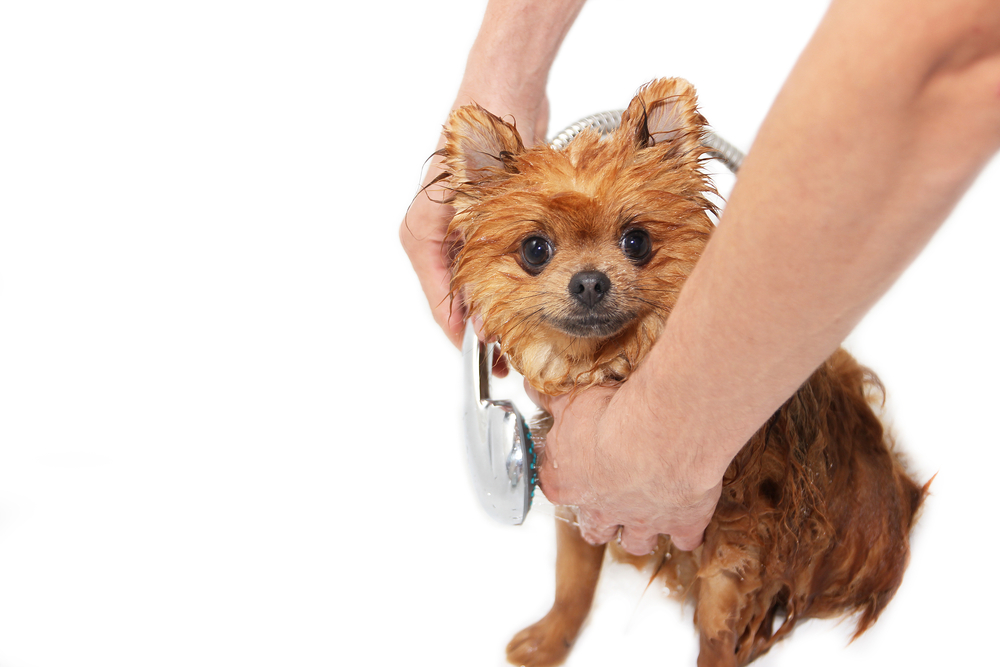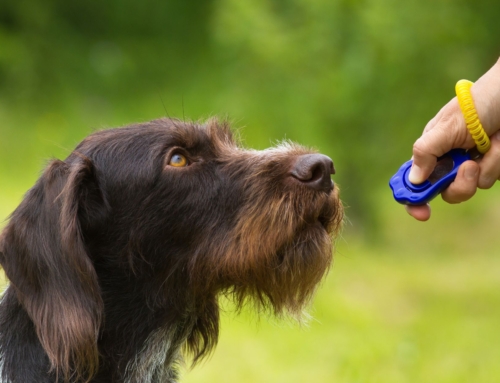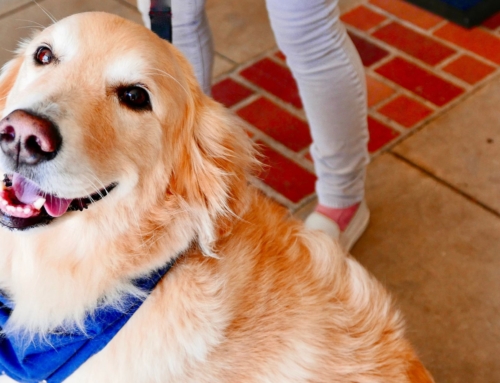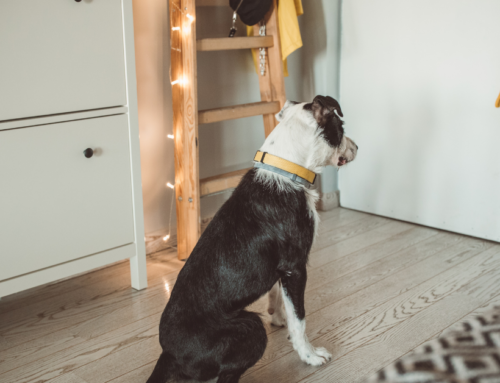We love our pets like children, and although our four-legged friends are much cheaper than raising kids, their care can still be pretty pricey at times. According to the ASPCA, the average price for feeding and maintaining a medium-sized dog runs around $1,500 per year and cats
ring up around $1,000 in annual expenses.
There’s many ways to cut some corners on our pet’s budget without jeopardizing our animal’s care and welfare. Here are three ways to save on their yearly costs:

#1 – Shop Around
Any parent knows to shop around for the best prices, especially online, when it comes to getting the best deal. Here’s a few ways to trim some fat off our animal’s care costs:
●Food: There’s no need to buy those super premium, high-priced pet foods, but at the same time, you don’t want to scrimp and buy the cheapy stuff that’s mostly corn and by-products. Read the ingredients, check prices and find a good balance between the two.
●Pet Insurance: This may or may not be a good idea, it depends on the coverage, age of your animal and whether or not they have pre-existing health conditions. Be sure to read the policy carefully to see what it does and doesn’t cover.
●Medications: Don’t buy them from the veterinarian and always go for the generic brands. With places like 1-800-PetMeds, you’re sure to save a bundle from your vet’s huge markup on these medicines.
#2 – Self Grooming
Dependent upon the breed, some dogs will require regular trips to the groomer, but you can save some serious cash by doing some of these things yourself. Brush your dog daily to cut down on matts, tangles and dirt, even a cat should be brushed regularly to help prevent excess shedding.
If you can trim your dog’s hair yourself, make sure you know what breed specific things to know about their fur and coat. There’s plenty of reasons your dog’s haircut costs more than yours, but grooming costs shouldn’t have to break the bank. Give your dog a bath about once every other month and trim just the tips of their nails regularly. Be careful of the quick, that pink area that will bleed profusely if cut.
#3 – Preventative Care

Most pets will need an annual trip to the veterinarian and regular vaccines, but don’t overspend on their shots, since many of them
are good for several years. And as Bob Barker always said, “Help control the pet population, have your pet spayed or neutered,” but
more importantly, “fixing” an animal reduces tumors in females and lessens aggression in males.
Even though it may seem silly, you should brush your cat’s teeth with fish-flavored paste and your dog’s with the chicken-flavored variety. Animals get gum disease, plaque and periodontitis just like humans and these can lead to lung and kidney disease.
Last, but certainly not least, don’t overfeed your animal. Pet obesity is also a growing problem with both humans and our pet population. Being overweight carries the same risks with animals as it does for us. So remember, we can pamper our pets with love and attention while saving
money at the same time.
shutterstock photo source links:
http://www.shutterstock.com/pic-241680349/stock-photo-dog-with-piggy-bank.html?src=csl_recen
t_image-1
http://www.shutterstock.com/pic-294511589/stock-photo-washing-the-pomeranian-dog-in-bathroo
m-dog-on-white-background-dog-in-bath.html?src=csl_recent_image-1

Amber Kingsley is a freelance writer whom has donated countless hours to supporting her local shelter within operations snd outreach. She has spent most of her research with writing about animals; food, health and training related. Plus, she has tried numerous methods of training with local Southern California trainers.
What cost efficient ways have you found in caring for your pet? As always, your feedback and comments are important to us. Feel free to post a comment below or to our social networks.











